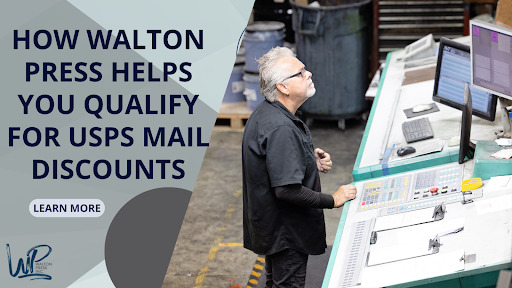Joanne Hayes, founder of Simply Buckhead Magazine, has mastered the art of upscale, community-focused publishing. Since launching the Atlanta-based lifestyle title in 2010, she’s partnered with Walton Press to pioneer a unique hybrid format—combining glossy covers with vibrant, non-coated interior stock. The result? A premium look that’s accessible for both major brands and small businesses. In this Q&A, Joanne shares her publishing journey, the strategy behind her print format, and tips for building a publication that’s as profitable as it is polished.
